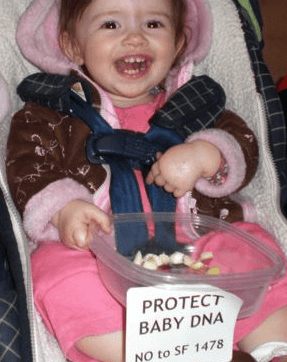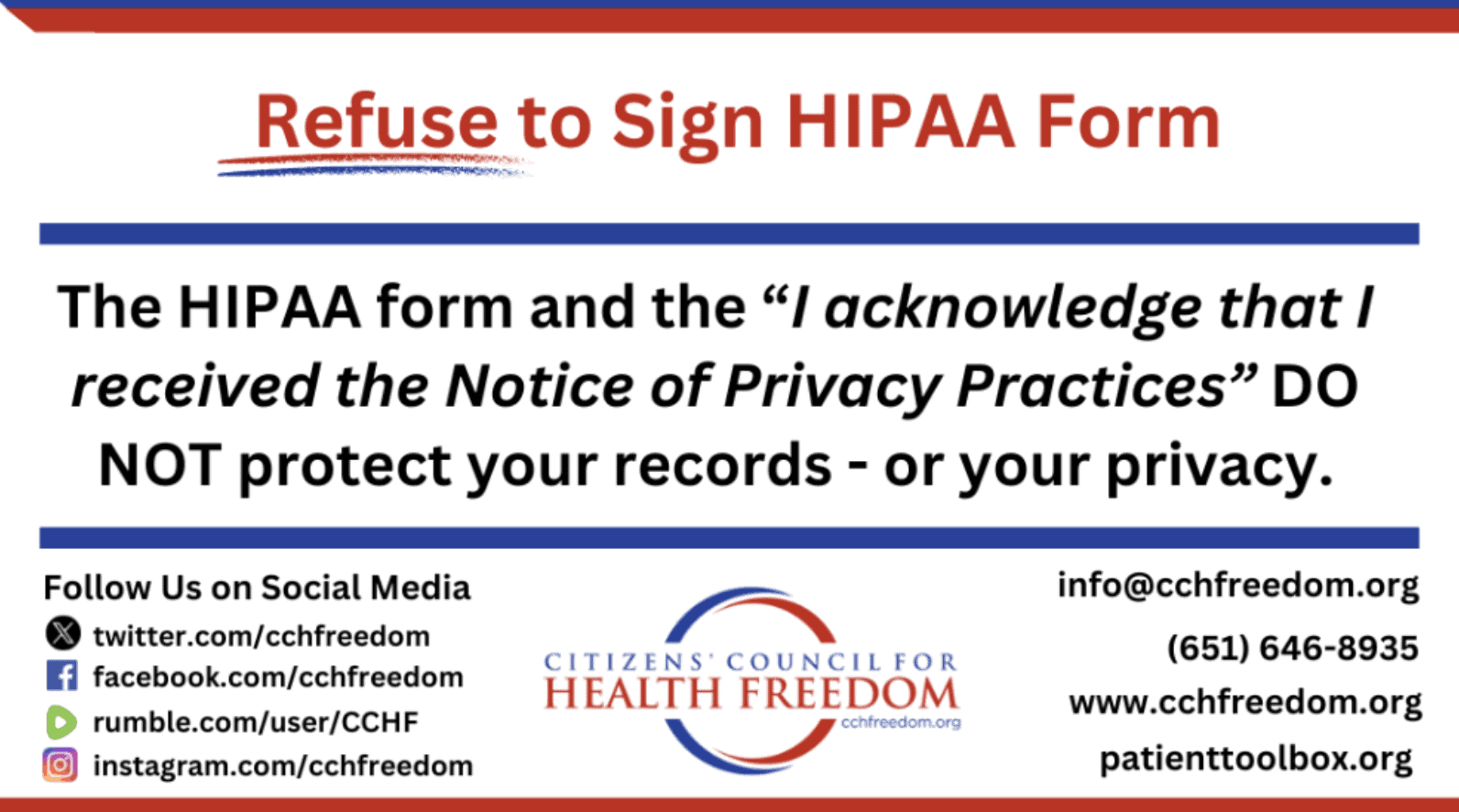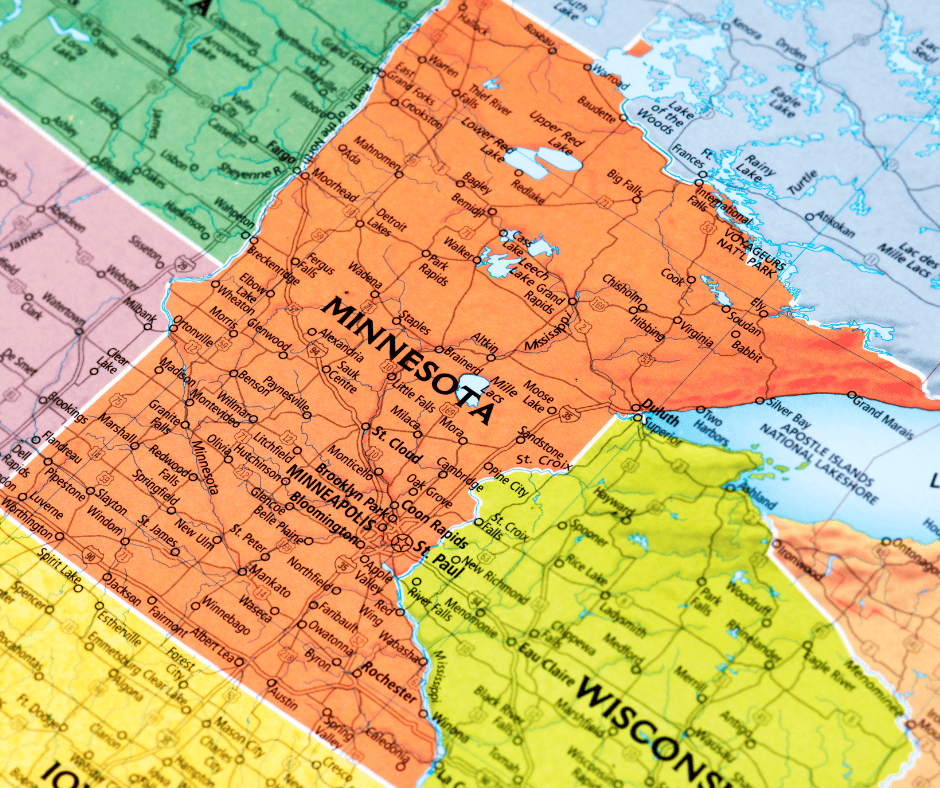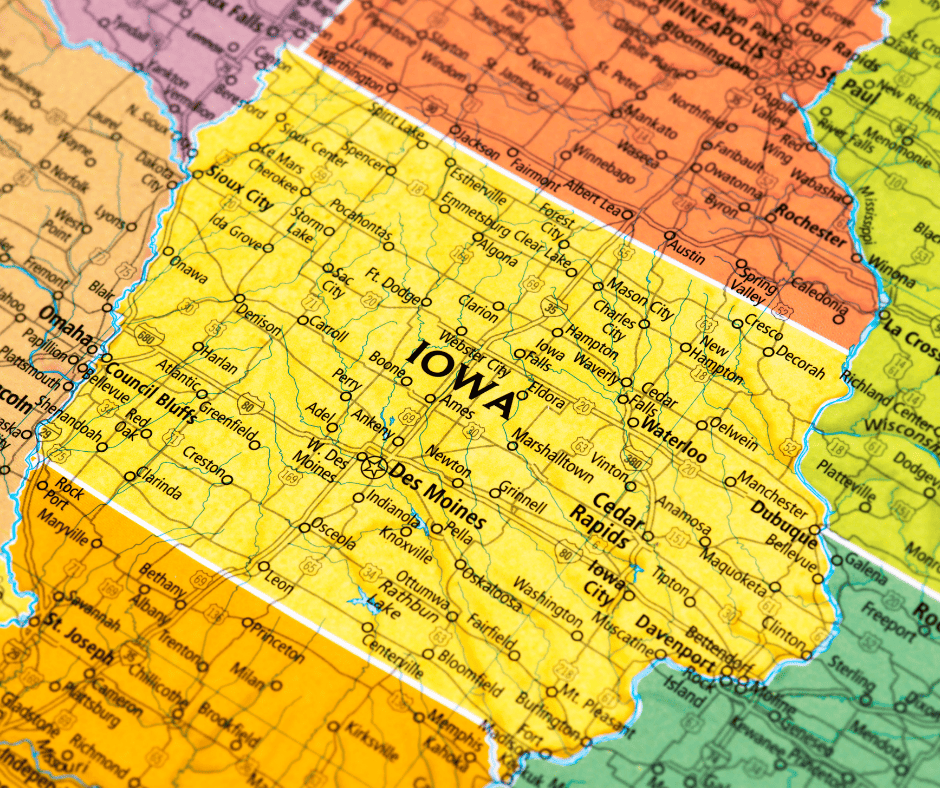State Health Departments conduct research and share newborn DNA with private and government researchers. In 2002, federal officials met in North Carolina to discuss the creation of a centralized national biobank of newborn dried blood spots. More recently, there have been discussions of creating a virtual dried blood spots biobank with networked access to state repositories of banked newborn DNA.
Ms. Amy Gaviglio, genetic counselor at the Minnesota Department of Health, presented on the use of dried blood spots at the December 7, 2009 “Envisioning the Future of Newborn Screening” forum. Here are some of her comments on research using residual (leftover) newborn dried blood spots:
“And I think a lot of you have probably read about and heard about residual dried blood spots and have heard them being described as a national treasure or a scientific goldmine. And what I hope to do in the next ten minutes is to give everyone a better understanding about why dried blood spots are being heralded as such and really what makes them so unique from a scientific and a research standpoint…”
“Dried blood spot repositories are really unique from a research standpoint because they get rid of selection bias. It’s mandatory so all children have the screening. Same thing with participation bias. You’re not going to have people, you know, just those affluent or well-educated signing up for your study. No problem about having low numbers. Most of us have 70,000 some babies a year so the power is always nice and high. And it gets rid of the limited ability to generalize because it is a population sample. It represents a whole birth cohort.
“So, samples like this and repositories like this can really aid in the understanding of what is the frequency of genetic polymorphisms? What are gene environment or gene-gene interactions? As well as better understanding complex diseases.
“I did a pretty quick PubMed search to see how many, about how many, research projects had been published using residual dried blood spots. And it was about over 55 since 2000 have used newborn dried blood spots really ranging in the gamut of what they were used for. I was surprised to find out that over 160 biomarkers have actually been studied in dried blood spots. These also range in size and use from DNA/RNA, viruses – I mentioned cytomegalo virus – proteins, metals, like lead exposure, have all been studied in dried blood spots.
“I don’t expect you to read this, but this is a list of all the different types of biomarkers that have studied. This list was actually published in 2001 so by now I would imagine it’s quite a bit larger. ”
(“Scientific Use of Residual Newborn Screening Bloodspots” December 7, 2009, Amy Gaviglio presentation)
At the December 2009 forum, Robert Vogt from the Newborn Screening and Molecular Biology branch of the U.S. Centers for Disease Control and Prevention (CDC), said the following about
federal access to residual dried blood spots: “We’ve had a CDC IRB-approved protocol for 4 or 5 years now to be able to receive residual dried blood spot specimens from programs or clinics, under whatever conditions are taken, given that those conditions meet the requirements for that institution being able to save them….Parents and state health departments have begun to question the validity of research linked to newborn screening.
In a comment to a panel at the December 2009 forum on newborn screening, researcher Erin Rothwell, Ph.D. from the University of Utah said: “And a lot of the concerns that participants have in regards to that is, ‘What is the purpose of newborn screening? Was it to do secondary research or was it to screen for the disorders that were originally mandated?’ And yes, I agree completely that this is a rich resource, but there’s a lot of implications when you have a state mandated program that all of a sudden didn’t intend on saving samples. I don’t know any program that started out 20, 30 years ago that said ‘let’s start newborn screening so we could have samples to store.’
“So this kind of happened unexpectedly and it is a great resource but I do think that one of the key concerns, not only with parents but from our research with state health departments, is ‘what’s the connection to the purpose of newborn screening?’ And that’s just some of the issues that are coming up.”









April is “Truth About HIPAA” Month!